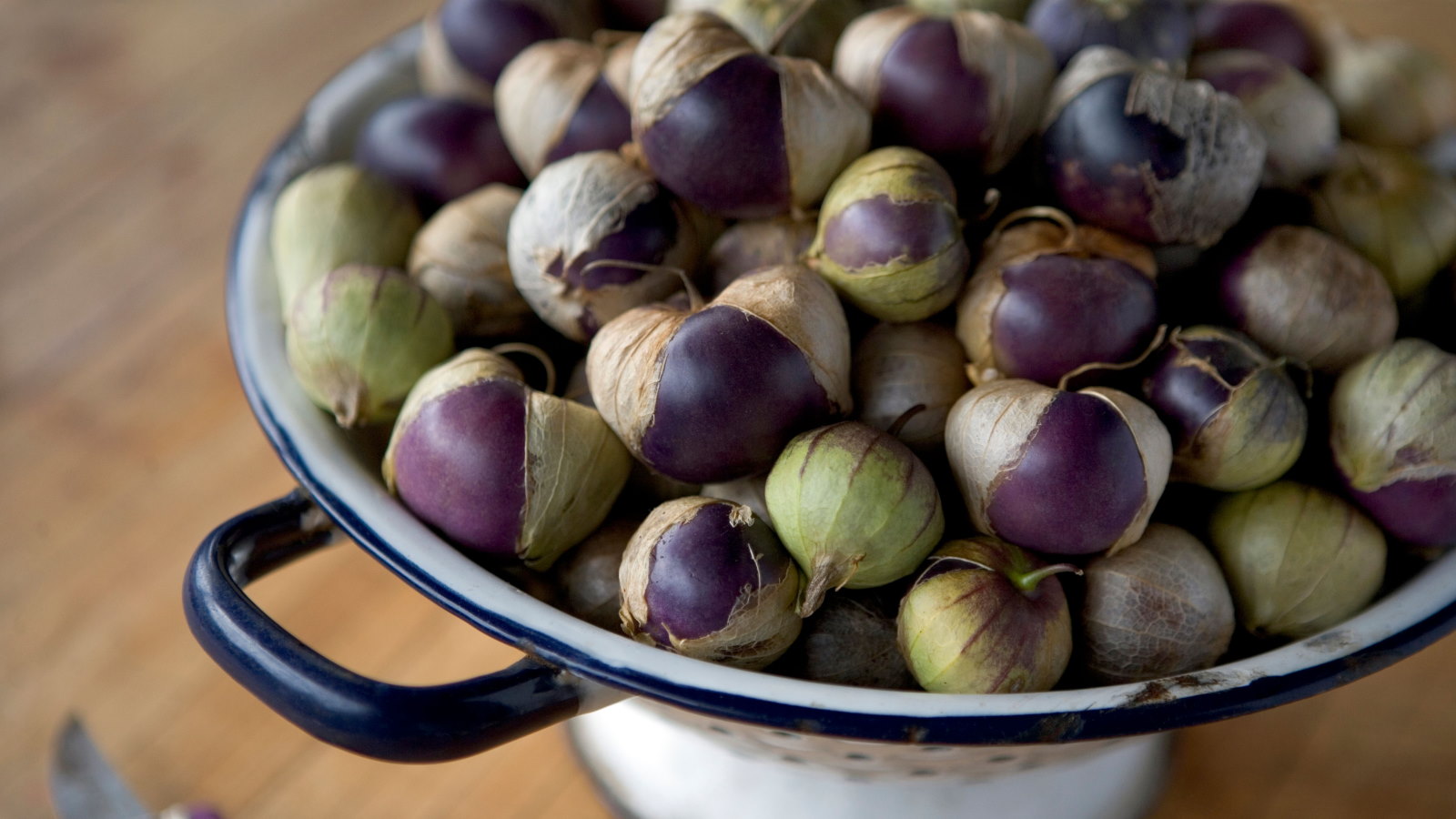
Tomatilloes are a unique-looking crop, with their small and tart fruits encased in thin, papery husks. But they are prolific and plants can produce a bumper crop of tangy and sweet fruits during the season.
Harvesting can be a fine art, especially if you are new to the crop, and getting the timing right is important when growing tomatillos. Pick too soon and fruits can be very sharp, but wait too long and the flavor diminishes.
Thankfully, a few tried-and-tested tips can help you tell when a tomatillo is ripe and should be picked. It predominantly comes down to the look of the husk and feel and color of the fruit inside.
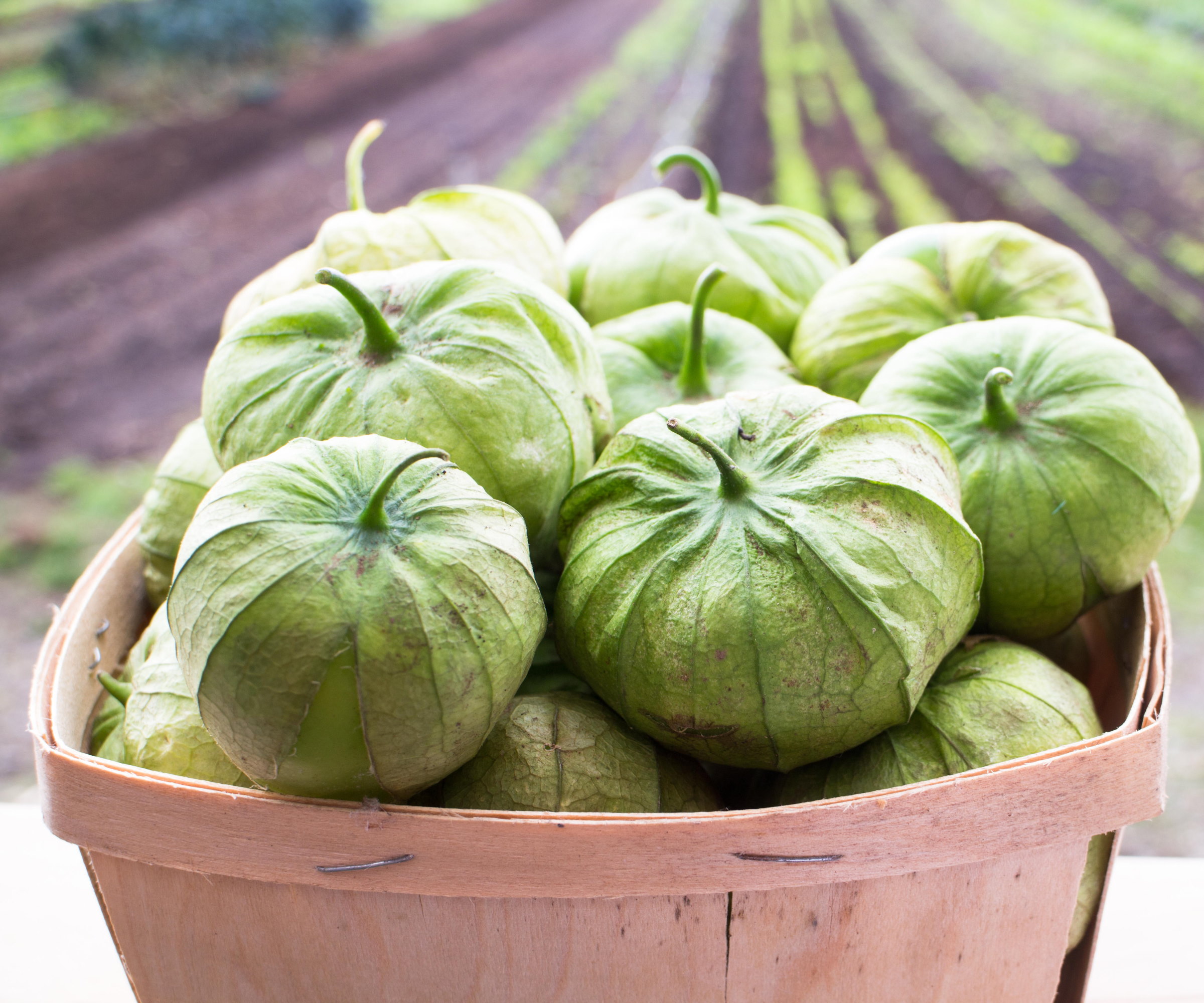
When to harvest tomatillos - tips and tricks to help
Knowing when to harvest tomatillos is important to get the most flavorful crop. It includes knowing how long fruits take to develop and ripen and the signs to look out for that help differentiate between a ripe and unripe tomatillo.
Tips to time your tomatillo harvesting
When should your tomatillos be ready? What do ripe tomatillos look like? Important questions we strive to answer, along with providing quick tips on the best methods of harvesting your tomatillos.
Know the days to harvest
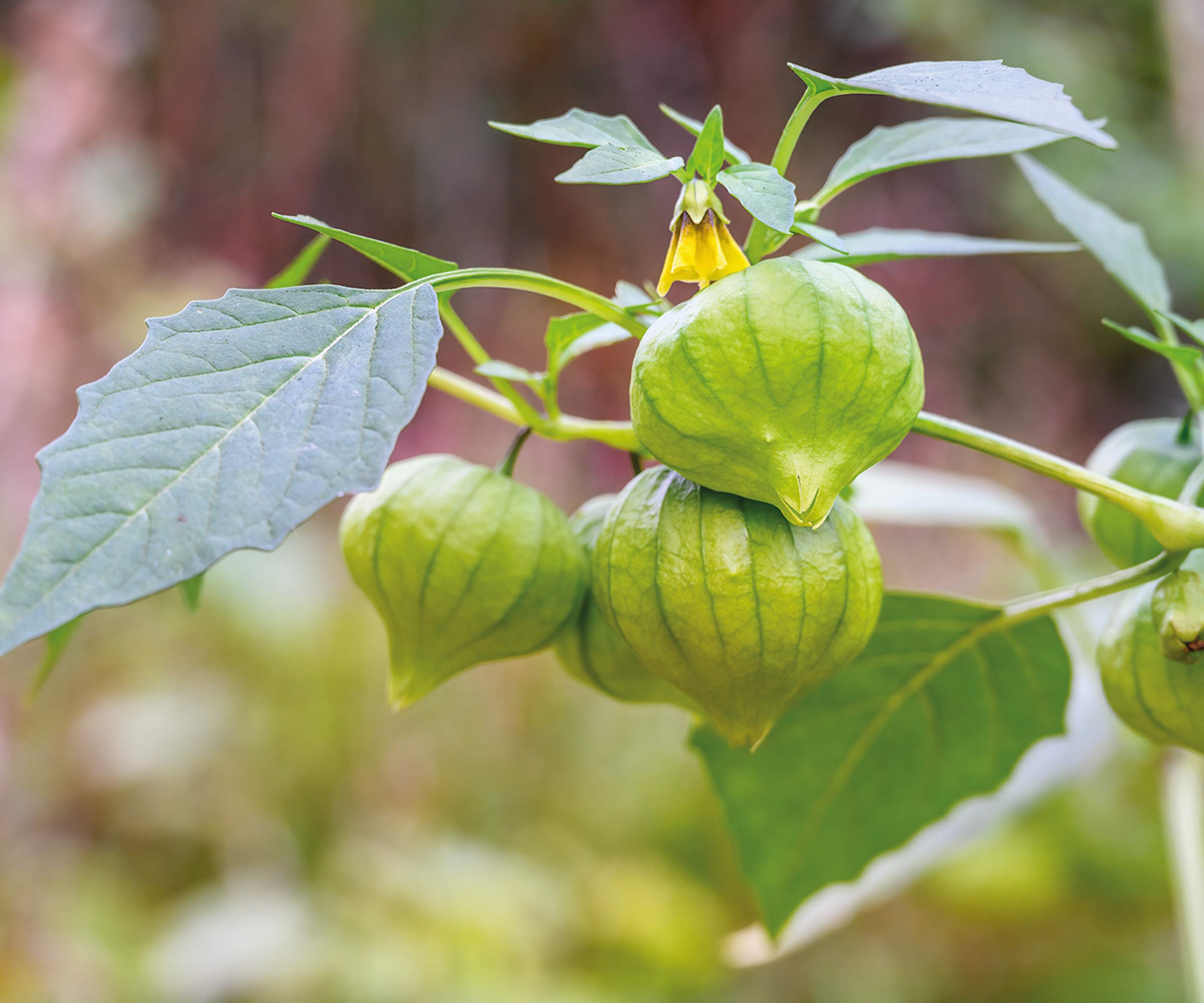
Tomatillos have a long growing season, however, once you start to harvest tomatillos you can be rewarded with a big yield of fruits. The crops are best sowed from seed indoors in spring and planted out into their final position after the frosts have passed.
The time to start harvesting tomatillos occurs 75-100 days from transplanting the seedlings into the ground, or vegetable container garden if you are cultivating the plants in pots. Tomatillos will ripen at different times, so check plants regularly to pick fruits regularly
Like when growing tomatoes, tomatillo plants continue producing fruits throughout the season. Harvesting often encourages the plant to keep developing new fruits and avoids being left with lots of overripe fruits that taste less flavorful.
Spot the signs a tomatillo is ready to harvest
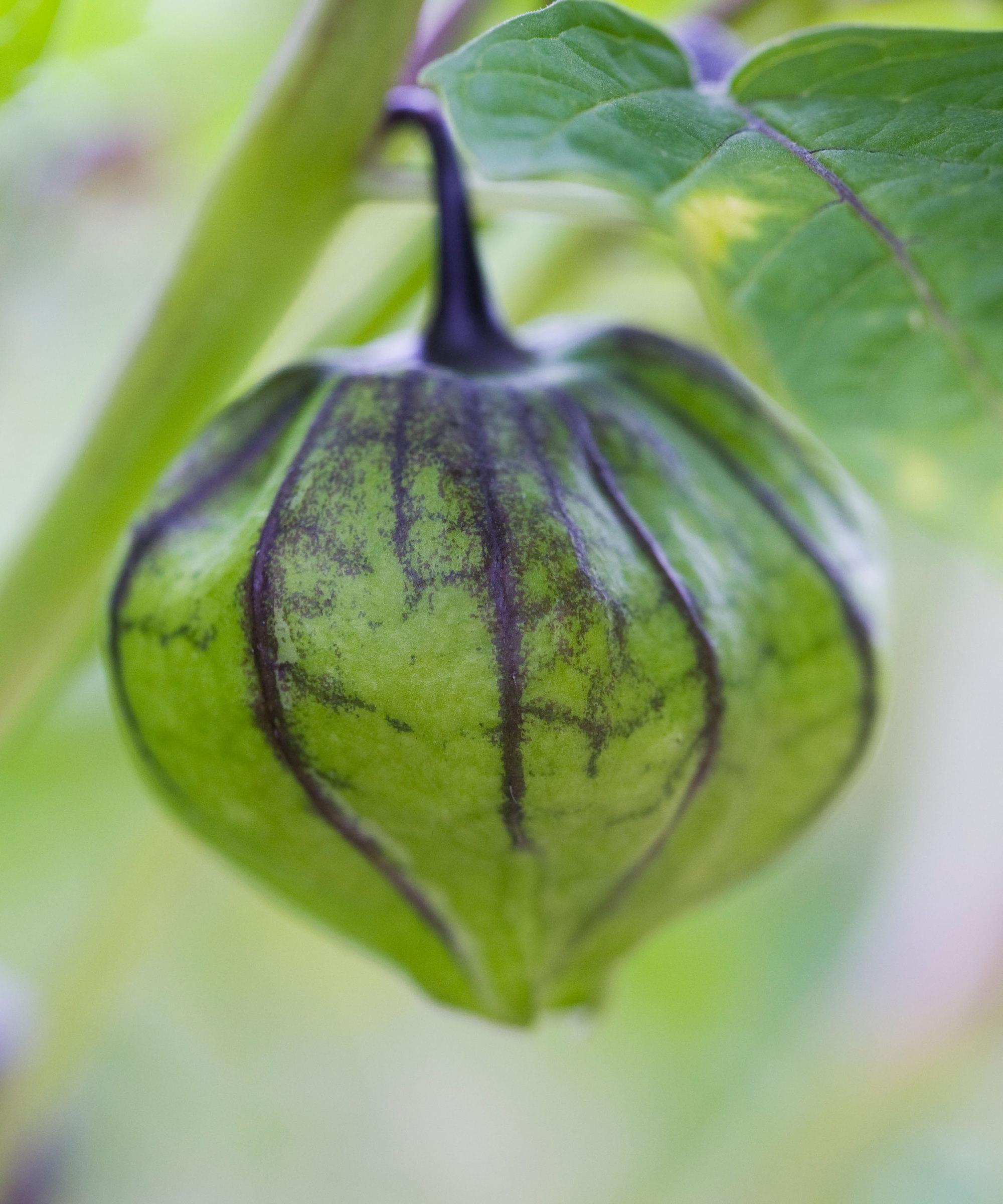
The signs of a ripe tomatillo ready to pick come predominantly from the feel and color of the fruit and its husk. Tomatillos have a distinctive husk that surrounds the fruit and it pays dividends to keep a close eye on it, as the husk can indicate if it contains a ripe or unripe tomatillo.
‘Tomatillos are ready when the green fruit feels firm and has filled the husk,’ says Charmaine Peters, farm director at Arden in Florida. ‘The husks will turn from bright green to tan or faded green.’
A husk containing a ripe tomatillo will not only change color, but may also start to split. A ripe inner fruit will feel firm and start breaking through the husk, usually starting at the base. Once the husk does start splitting it will be time to pick, if a fruit completely breaks out of the husk it is likely too ripe and it can be damaged by falling to the floor.
When the husk cracks, it allows you to see the fruit inside - another key indicator of ripeness. A ripe tomatillo will have fully reached its intended color and be glossy, with varieties of tomatillos either being green, yellow, red, and purple.
It is important to pick them at the right time and not let them over-develop. For example, green varieties will be a bright-green color when ripe and want to be harvested before turning yellow. Charmaine Peters warns: ‘Overripe tomatillos will turn yellow and soft, which tastes less flavorful.’
How to harvest tomatillos
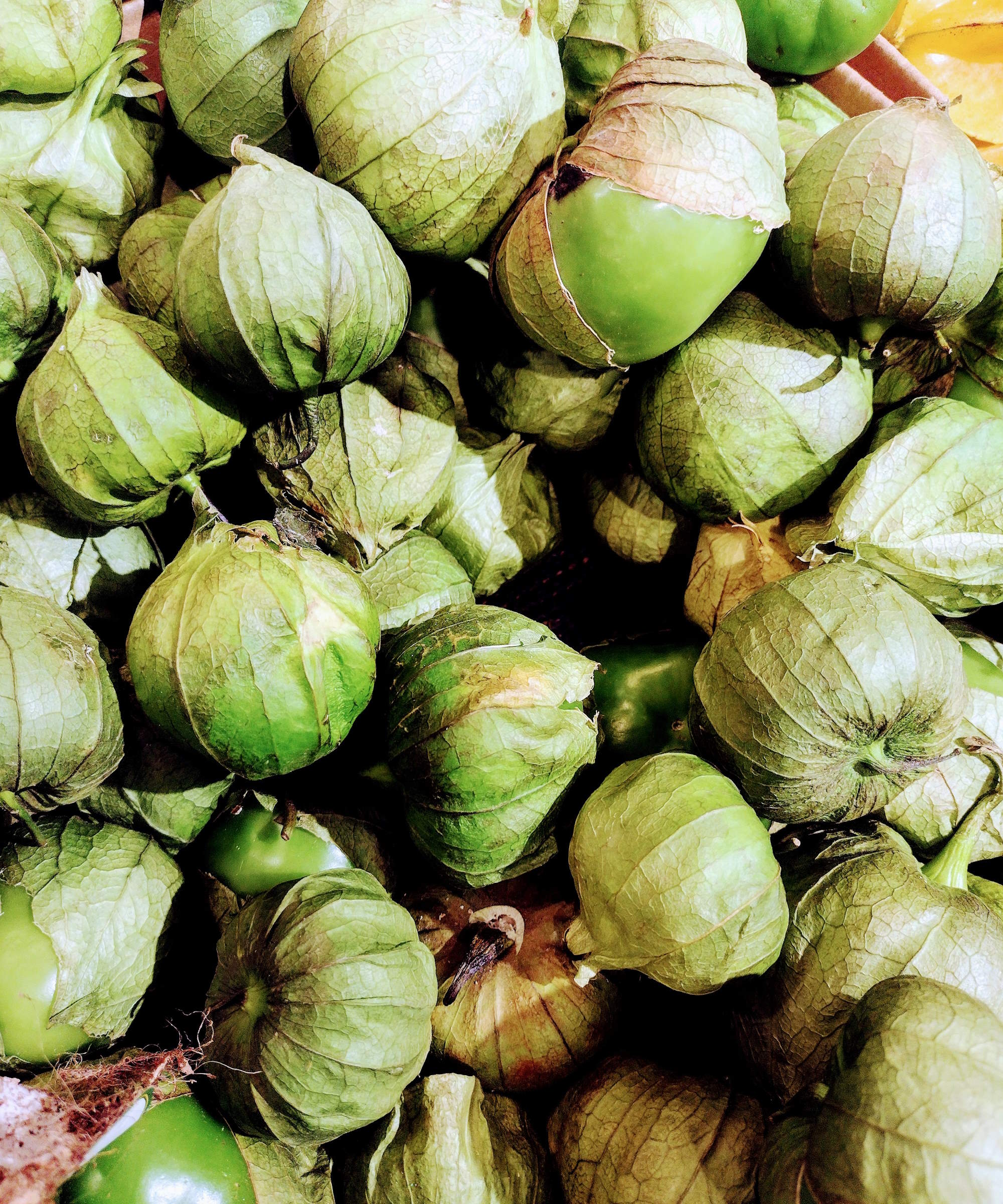
The best method to harvest tomatillos is to snip individual fruits from the plants using a pair of clean and sharp pruning shears or a harvesting knife.
It is possible to harvest using your fingers, giving each fruit a gentle twisting and pulling motion. A ripe tomatillo should break off easily using this method, while an unripe tomatillo will not detach as simply and wants to be left on the plant. Do not pull excessively as that is a harvesting mistake that risks damaging the plant.
Handle the delicate fruits carefully and place each one gently into a container as you harvest. Any fruits showing signs of disease or mold are best discarded, while any fruits with minor pest damage, that are over-ripe, or have fallen from the plant, can be added to the compost pile.
Charmaine Peters claims you can harvest fruits early and store them in their husks to ripen further. It is beneficial to do so at the end of the season, to pick all the tomatillos if a freeze is incoming that will damage the fruits. Charmaine, however, adds: ‘Don't remove the husk until you are ready to use the fruit’.
Tomatillos are best used fresh. They can be stored for 1-2 weeks in a refrigerator crisper drawer inside a paper bag. Remove the fruits from the husks and wash them before eating.
A harvesting knife with a curved blade bevelled on both sides and a beech wooden handle - ideal for a range of gardening jobs, including harvesting, pruning, and grafting.
FAQs
Can you pick tomatillos too early?
A ripe tomatillo is slightly sweet and tangy. Picking unripe tomatillos will result in fruits with a stronger flavor, as they get sweeter as they ripen. Some growers prefer the flavor of slightly immature tomatillos, but picking the fruits too early will mean fruits with an unpleasant taste.
Tomatillos need supporting as they grow, such as being grown up a trellis, stake, or tomato cage. Charmaine Peters explains how training plants up a vegetable garden trellis helps to ‘prevent branches from bending or breaking due to the weight of the fruit’. Broken or snapped stems can mean damaged tomatillos and any unripe fruits on there could be potentially wasted.
‘Keeping the plants off the ground also helps reduce pest damage, such as slugs or ground-dwelling insects, which may feed on the fruits,’ adds Charmaine. Tomato cages, such as this tomato cage kit available at Amazon that is customizable and simple to build, provide a secure and protected support for tomatillo plants, keeping plants healthy and braced and providing easy-access to pick the fruits.







